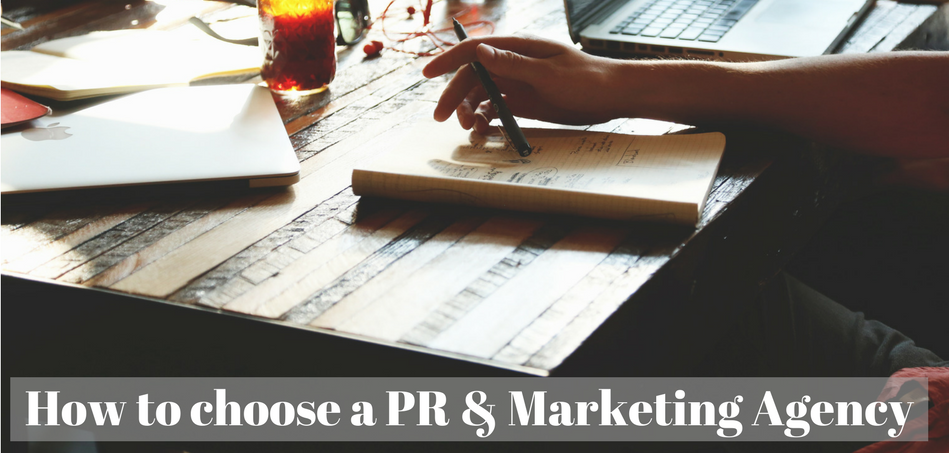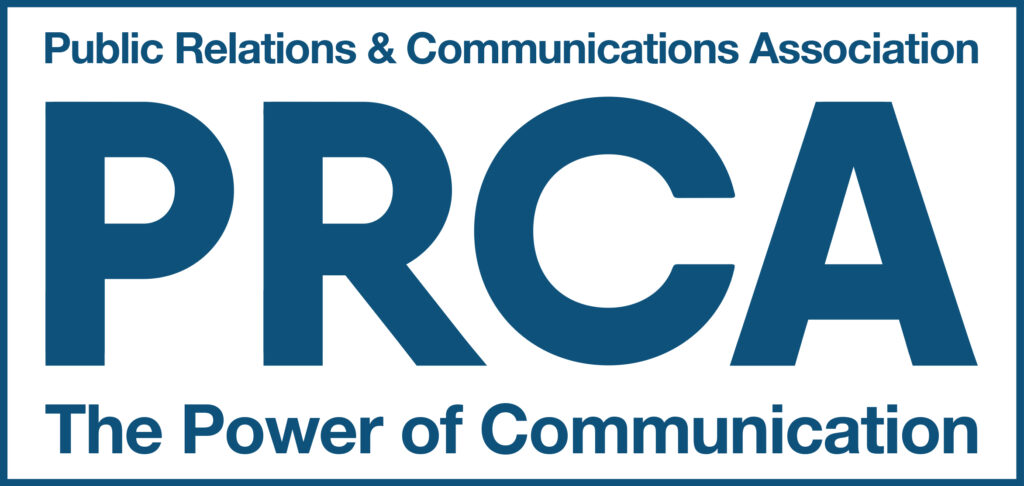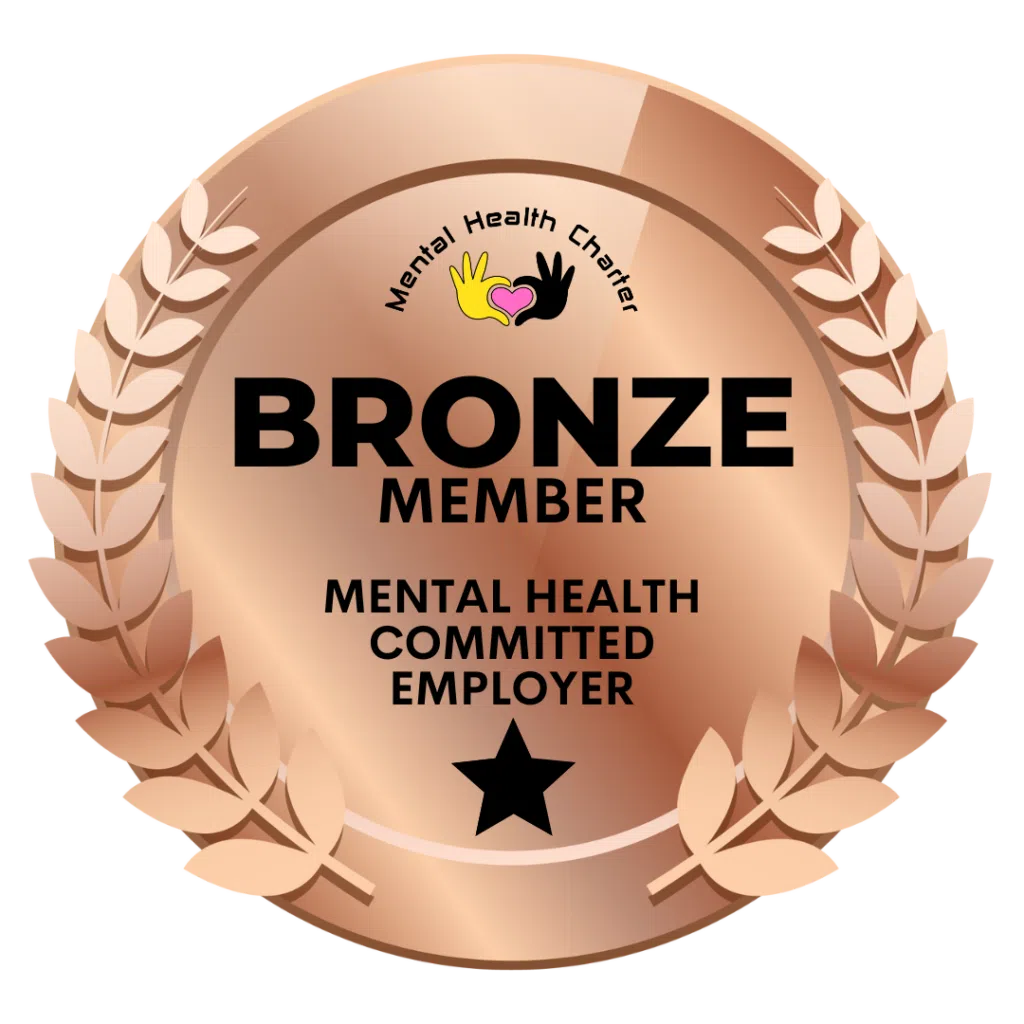If you are creating your own website, keep it as clear, simple and intuitive as possible. Focus on the following:
1. Have you identified who you’re appealing to and what values and messages the site will communicate about your business? How do you want to appear to your target audience?
Colour, typography, imagery and layout decisions will strongly influence your audience’s perception of you and your company.
2. What is the user journey? What type of “experience” do you want visitors to have? Do you need a straightforward online brochure or an interactive media rich site? Does the site need to be transactional allowing e-commerce and online orders?
3. Content is king. Merely having a web presence will not make any impact if users do not gain in some way from visiting it. Remember this is more important than the aesthetics of the site. Put your content together before worrying about colour schemes.
4. What is the call to action for the site, what is the one thing you want visitors to do after they visit you? How is the site going to achieve that for you?
5. Participate. Make use of all the free social networking tools to get your name and url out there. Use Twitter / LinkedIn / Youtube / Facebook / Flikr et al and make sure they feed in to your site in some way even if it just a link.
5. How are you going to be found? If you want Search Engines such as Google to list you high up in their rankings you need to follow the many and varied rules for search engine optimisation (SEO). SEO is not just about placing keyword loaded phrases in critical positions; you need to encourage external linking from a plethora of other online collateral.
Get advice from a professional about how to make your site work best for you before proceeding.
A web presence in 10 minutes: As a starting point you could simply forward a domain name (see Domain Names) to a social networking page such as Twitter or LinkedIn.
Templates: You can buy pre-configured web pages that you simply drop your content in to. Have a look at: http://www.123-reg.co.uk/instantsite. This is a cheap way of getting your content published, the only drawback being it is a one size fits all approach – you could in theory end up sharing the same template with a competitor!
Go Opensource: Developers get together in online communities and create free tools which you can use as a platform for your website. The king of these is WordPress . It’s essentially a blogging platform but by applying “themes” you can turn it in to a professional looking site. Some hosts offer “one click installs”, or you may want to consider paying a developer to help you customise it.
Or DIY – Write your own web pages: If you have a computer with a simple text editor (e.g. Notepad) and a web browser (e.g. Internet Explorer/Firefox) you too can become a techie. HTML is not difficult to learn, particularly with the abundance of resources on the web. Try http://www.w3schools.com/html for some starter tutorials and head to www.sitepointforums.com when you get stuck.
Concentrate on learning how xhtml and css relate to each other. Download the Firebug extension for the Firefox web browser and see how your favourite sites are compiled.
If you want to add graphics you’ll need an image editor / graphics application. “Photoshop Limited Edition” is sometimes bundled with digital cameras. You’ll also need an “FTP client” to transfer your files to the web host.
Domain names: Grab your domain name first. They are cheap and you shouldn’t be paying more than £5 a year for a co.uk and £10 for a .com. There are many places to register a domain name. www.123-reg.co.uk is competitive and has been around for a long time and has the backing of Webfusion, a large player in the market. Make sure the provider offers an “online control panel” to administer your domain name. As a bare minimum you should be able to forward the name to other domains / web space and set-up aliases for your email accounts e.g. info@mydomain.co.uk and sales@mydomain.co.uk
Hosting packages: Once you have your domain name you will need to find somewhere to host the website. Essentially you’re renting a space on a computer somewhere. Web hosting packages start at less than £50 a year for a basic solution and go up and up depending on your requirements. Try www.webfusion.co.uk or buy a copy of .net magazine and check out the ads. Also talk to your existing ISP; they may have a deal for existing customers. Your Internet Service Provider is likely to offer free web space included with your monthly contract. Although the amount of storage and functionality may be limited, coupled with a cheap domain name which you “forward” to the web space, this is a great starting point for a “brochure” website.
Call us on 01483 537890 for any help that you might need in getting your website up and running.








